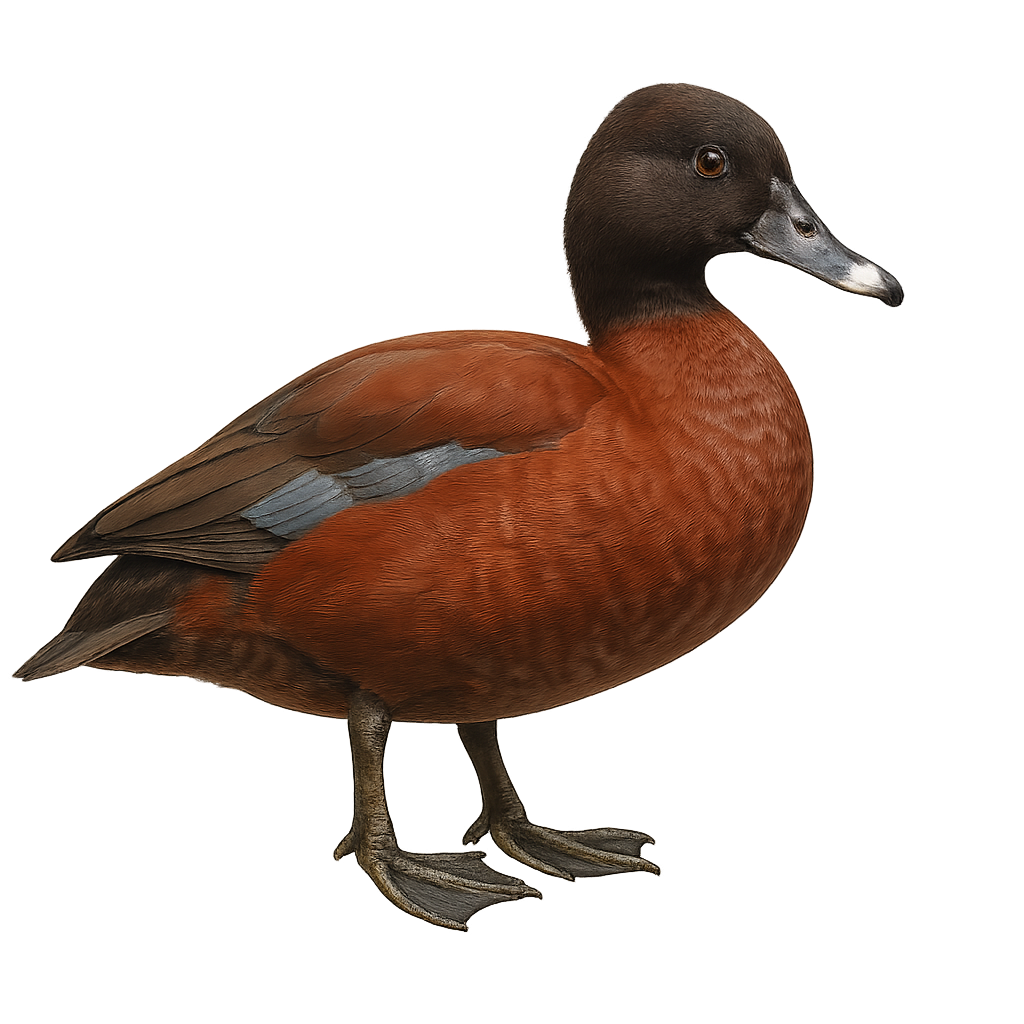Your wildlife photography guide.
Explore the hartlaub's duck in detail, study its behavior, prepare your shots.
Where to observe and photograph the hartlaub's duck in the wild
Learn where and when to spot the hartlaub's duck in the wild, how to identify the species based on distinctive features, and what natural environments it inhabits. The WildlifePhotographer app offers tailored photography tips that reflect the hartlaub's duck’s behavior, helping you capture better wildlife images. Explore the full species profile for key information including description, habitat, active periods, and approach techniques.
Hartlaub's Duck
Scientific name: Pteronetta hartlaubii

IUCN Status: Near Threatened
Family: ANATIDAE
Group: Birds
Sensitivity to human approach: Suspicious
Minimum approach distance: 10 m
Courtship display: June to July
Incubation: 28-30 jours
Hatchings: July to August
Habitat:
tropical rainforests, rivers, swamps
Activity period :
Primarily active during the day, with peak activity in the morning and late afternoon.
Identification and description:
The Hartlaub's Duck, or Pteronetta hartlaubii, is a little-known species of duck endemic to the tropical rainforests of Central Africa. This medium-sized duck has dark brown plumage with metallic sheen on its wings and a lighter head. It is often seen in small groups, moving quietly along rivers and swamps. Its preferred habitat includes dense forests and wetlands, where it feeds mainly on seeds, small invertebrates, and aquatic plants. Although generally discreet, it can be curious and approach silent observers. Habitat conservation is crucial for its survival, as deforestation poses a significant threat.
Recommended lens:
400mm – adjust based on distance, desired framing (portrait or habitat), and approach conditions.
Photography tips:
To photograph the Hartlaub's Duck, focus on wetlands and dense tropical forests. Use a 400mm lens or longer to capture detailed images without disturbing the bird. Be patient and discreet, as this species is suspicious. The best times for observation are early morning or late afternoon when the light is soft and activity is higher. Consider using a tripod to stabilize your camera for sharp images. Finally, respect the bird's natural environment to minimize impact on its habitat.
The WildlifePhotographer App is coming soon!
Be the first to explore the best nature spots, track rutting seasons, log your observations, and observe more wildlife.
Already 1 432 wildlife lovers subscribed worldwide

